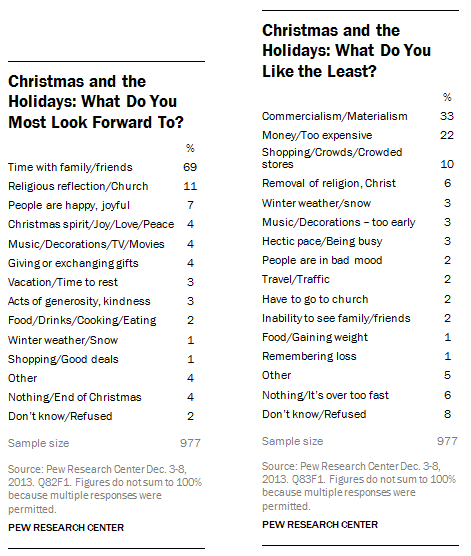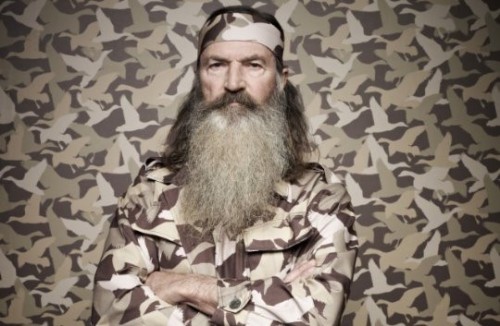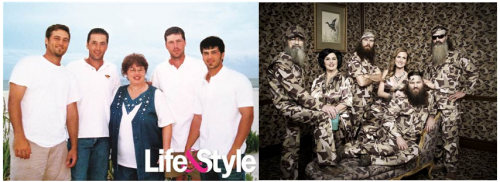Since 1958, the North American Aerospace Defense Command (NORAD) has entertained kids with an annual Christmas-themed Santa-tracking program. Kids keep an eye on where in the world Santa is delivering his gifts and everyone thinks it’s jolly.
Well, not this year. Earlier this month we learned that Santa will be joined by two military fighter jets. Some objected to the new twist on the tradition, arguing that it militarized Santa, essentially brainwashing kids into romanticizing the ugly necessity of defense and the aggression of war.
Is it pro-U.S. military propaganda?
If it is, it’s nothing new. Ben Ostrowsky sent us this World War II-era propaganda poster. It was part of a series produced by the labor union and corporation-led War Production Board in 1942. The aim was to engage as many civilians and companies in weapon production as they could. “Santa Claus has gone to War!” it exclaims. Maybe he needs those fighter jets along for the ride after all.
 P.S. In case anyone is still debating: this proves not only that Santa Claus is white, but that he’s an American too. Team America!
P.S. In case anyone is still debating: this proves not only that Santa Claus is white, but that he’s an American too. Team America!
Lisa Wade, PhD is an Associate Professor at Tulane University. She is the author of American Hookup, a book about college sexual culture; a textbook about gender; and a forthcoming introductory text: Terrible Magnificent Sociology. You can follow her on Twitter and Instagram.


















